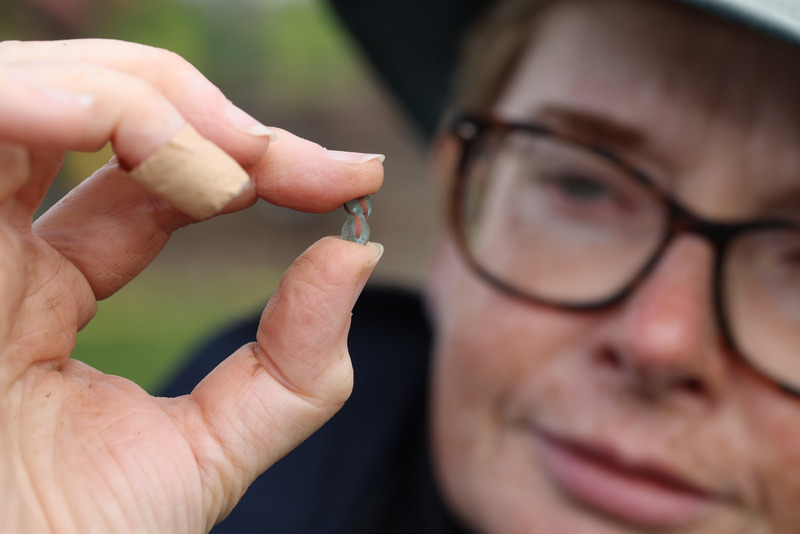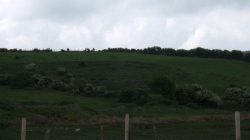Uncovering the Legacy of Rathgurreen Ringfort
Archaeologists have recently confirmed that a ringfort overlooking Galway Bay was once a significant settlement for rulers and nobles during Ireland’s Early Medieval period. This discovery has shed new light on the historical importance of the area, particularly the Rathgurreen Ringfort located in the Maree region of County Galway.
The site is now believed to have been a “high status” settlement dating from the 5th to the 12th century. An eight-week excavation has revealed findings that suggest parts of the site could be up to 1,000 years older than previously thought. These discoveries include evidence of contact with distant regions such as Rome, Scotland, France, and Scandinavia, indicating that the area was far more connected than once assumed.
The theory that Rathgurreen was home to a local ruler, such as a king or lord, was first proposed by Professor Michael Duignan of NUI Galway in the late 1940s. Dr. Michelle Comber, an archaeology lecturer at the university and co-leader of the modern excavation, emphasized that the site is now recognized as an ancient territory. She noted that while there are up to 40 ringforts in the area, most are only a third the size of Rathgurreen, highlighting its exceptional significance.
Evidence of Continuity and Change
The excavation uncovered several key pieces of evidence that support the idea of a long-standing and evolving settlement. The site appears to have roots in the Iron Age, with later development into a sophisticated ringfort. Dr. Comber explained that a new home with connections to ancestors would have been highly appealing to Early Medieval nobility.
Among the artifacts found were glass beads in various colors, including blue, turquoise, and red. These items have parallels in other parts of Ireland and Scotland from the Iron Age, which preceded the Early Medieval period. This suggests that the site had cultural and trade links with these regions.
In addition to the beads, the team discovered Early Medieval pottery from northern France and amber beads associated with Scandinavian trade routes used by the Vikings. These findings further illustrate the extent of the site’s connections to the wider world.
Another intriguing discovery was evidence of the production of purple dye. Remnants of dog-whelk shellfish were found at the site, indicating that the settlers processed these creatures to create a rare and valuable color. This practice highlights the resourcefulness and economic activities of the community.
A Wider Significance
Dr. Comber reflected on the broader implications of the findings, noting that places like Galway had a much greater significance in the past than many people realize. She emphasized that the site tells many stories and plays important roles in understanding the region’s history.
She pointed out that people often view western Ireland as isolated and remote, but the ancient remains of Maree show that this was not the case. The area was not cut off geographically or culturally, and it played a vital role in the exchange of goods, ideas, and traditions.
Community and Collaboration
The excavation involved a diverse group of participants, including community volunteers, University of Galway archaeology students, and international students from Uppsala University. Together, they contributed to a new research project and gained valuable skills essential for careers in the archaeological profession.
This collaborative effort underscores the importance of engaging local communities and fostering international partnerships in the study of our shared heritage. The work at Rathgurreen Ringfort not only enriches our understanding of the past but also highlights the ongoing relevance of these ancient sites in today’s world.







